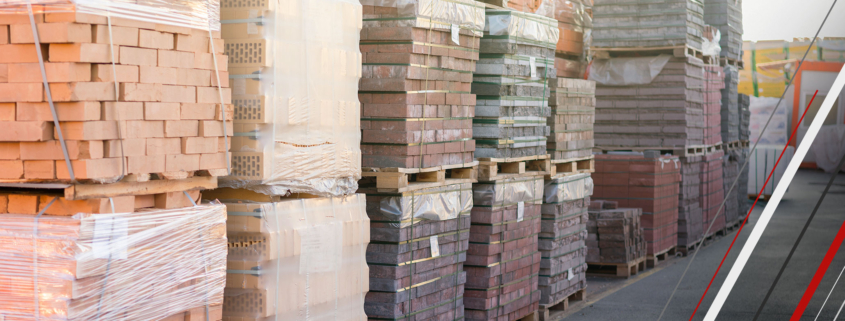Innovations in Construction Materials
The construction industry is experiencing a materials revolution, with new innovations enhancing the efficiency, sustainability, and durability of buildings. These cutting-edge materials are transforming how structures are designed and built, offering numerous benefits over traditional options. This post explores some of the most exciting innovations in construction materials.
Self-healing Concrete
Self-healing concrete is an innovative material that can repair its own cracks, extending the lifespan of structures and reducing maintenance costs.
- How it Works: Embedded capsules containing healing agents (like bacteria or polymers) break open when cracks form, filling the gaps and restoring structural integrity.
- Benefits: Increases durability, reduces repair costs, and minimises water infiltration that can lead to further damage.
Translucent Wood
Translucent wood combines the strength of wood with the light-transmitting properties of glass, making it ideal for energy-efficient buildings.
- Production: The lignin in wood is replaced with a transparent polymer, creating a material that allows light to pass through while maintaining strength.
- Applications: Used in windows, facades, and interior partitions to enhance natural lighting and reduce energy consumption for lighting and heating.
Aerogels
Aerogels are ultra-lightweight materials known for their excellent thermal insulation properties.
- Composition: Made from silica, aerogels have a porous structure that provides exceptional insulation.
- Uses: Employed in building insulation, enhancing energy efficiency, and reducing heating and cooling costs.
Graphene-enhanced Materials
Graphene, a single layer of carbon atoms arranged in a hexagonal lattice, is incorporated into various construction materials to improve their properties.
- Strength and Durability: Graphene-enhanced concrete is stronger and more durable than traditional concrete.
- Conductivity: Graphene can be used to create electrically conductive materials, opening possibilities for smart buildings with integrated sensors and heating systems.
Recycled Plastic Bricks
Recycled plastic bricks are made from waste plastic, offering a sustainable alternative to traditional building materials.
- Manufacturing: Plastic waste is melted and molded into bricks, which are then used in construction.
- Advantages: Lightweight, durable, and environmentally friendly, these bricks reduce landfill waste and carbon emissions associated with conventional brick production.
Phase Change Materials (PCMs)
PCMs absorb and release thermal energy, helping to regulate indoor temperatures and reduce energy consumption.
- Function: These materials change from solid to liquid at specific temperatures, storing and releasing heat in the process.
- Implementation: Used in building walls, ceilings, and floors to maintain comfortable indoor temperatures and improve energy efficiency.
Hydroceramics
Hydroceramics are innovative building materials that improve indoor climate by harnessing the cooling power of evaporation.
- Composition: Made from clay and hydrogel, these materials absorb moisture and release it through evaporation, cooling the surrounding air.
- Applications: Ideal for building facades and interior walls in hot climates, reducing the need for air conditioning.
Mycelium Composites
Mycelium, the root structure of fungi, is being used to create sustainable building materials.
- Growth: Mycelium grows on agricultural waste, binding it into a solid, lightweight material.
- Uses: Employed in insulation, packaging, and even furniture, mycelium composites are biodegradable and have a low environmental impact.
3D-Printed Materials
3D printing technology is enabling the creation of complex, custom-designed building components with minimal waste.
- Materials: Various materials can be used for 3D printing in construction, including concrete, plastics, and metals.
- Benefits: Allows for precise, efficient construction of complex geometries, reduces material waste, and speeds up the construction process.
Smart Materials
Smart materials respond to environmental stimuli, providing dynamic responses to changing conditions.
- Types: Include materials that change color, shape, or conductivity in response to temperature, light, or stress.
- Applications: Used in adaptive facades, self-regulating heating systems, and responsive structural components that improve building performance and sustainability.
Innovations in construction materials are driving the industry toward more sustainable, efficient, and resilient building practices. From self-healing concrete and translucent wood to aerogels and graphene-enhanced materials, these advancements are paving the way for the next generation of construction. Embracing these innovative materials not only enhances the performance and lifespan of structures but also contributes to a more sustainable and environmentally friendly built environment. The future of construction is undoubtedly exciting, with these materials leading the charge toward smarter, greener buildings.
If you would like to discuss please contact us to arrange a consultation with one of our experts.

